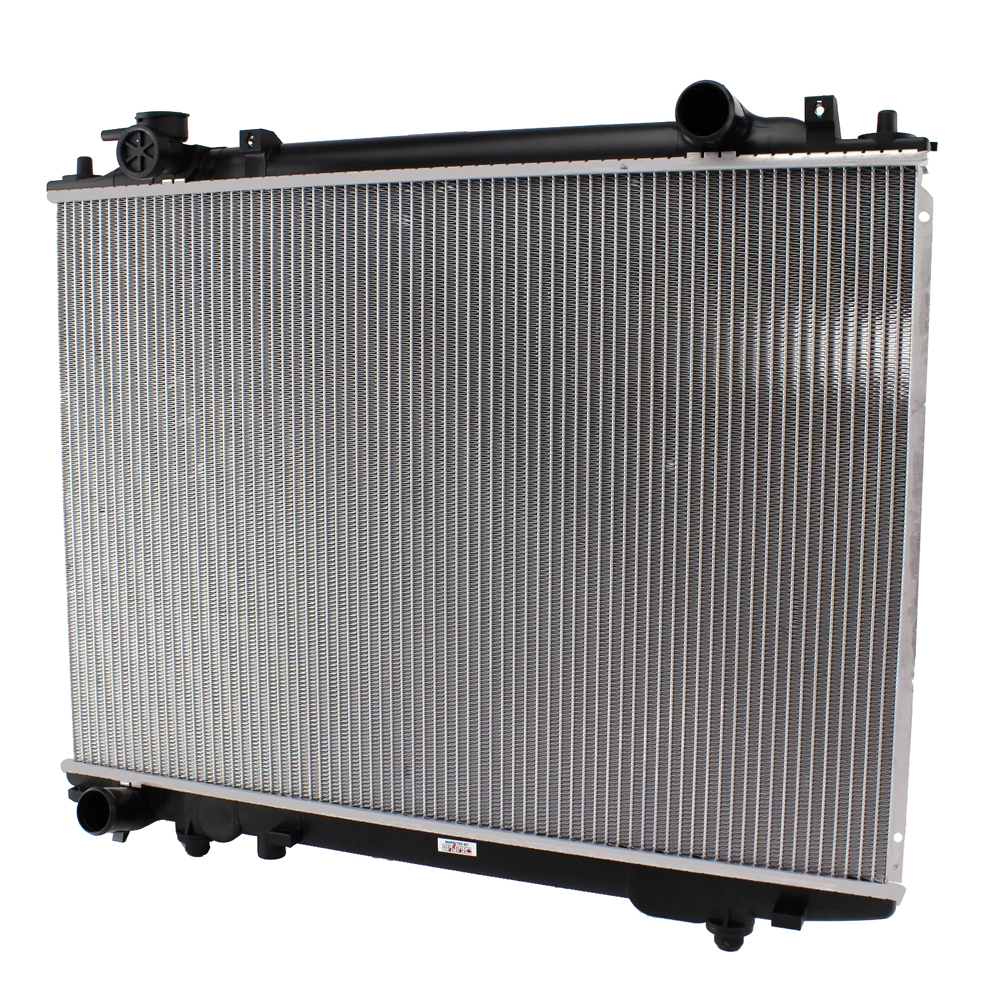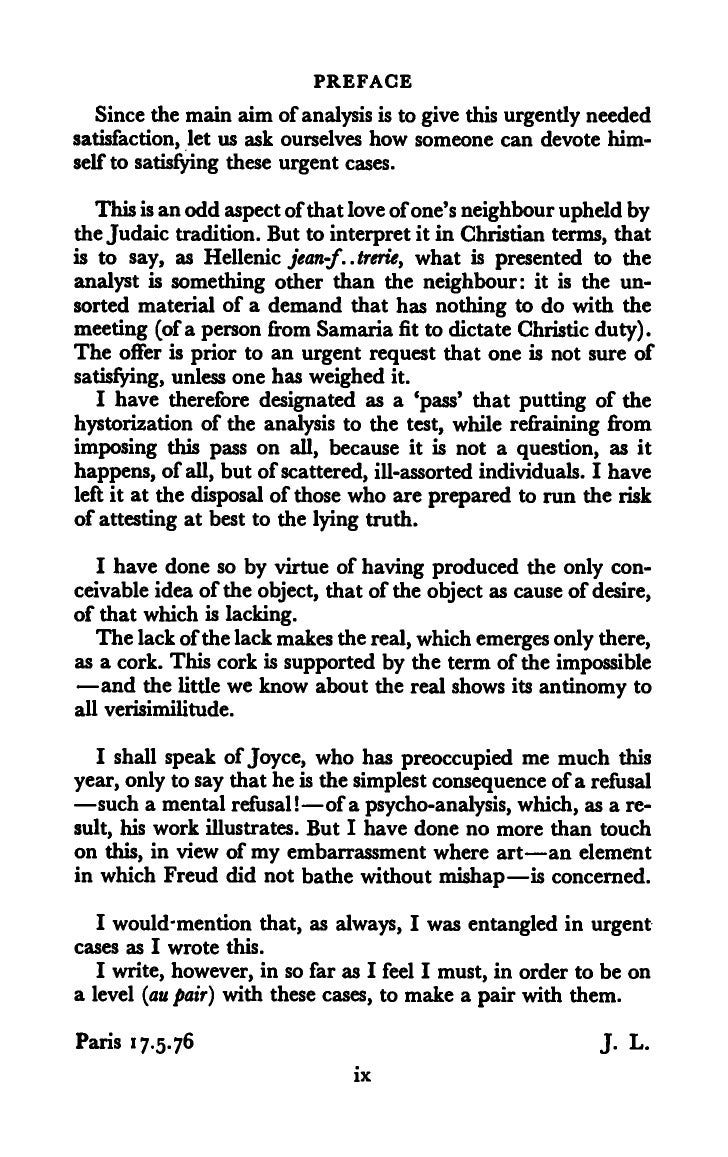Food safety and hygiene pdf Canterbury

FOOD HYGIENE STANDARDS IFST postnote February 2009 Number 326 Food Hygiene Standards Page 2 What is HACCP? HACCP is a preventative system designed to ensure food safety by identifying all the critical control points in a food process where contamination can occur.
Level 2 Food Safety and Hygiene for Catering course – £10
(PDF) Food Safety and Hygiene Systematic Layout Planning. Food safety and food handling requirements Food safety and food handling requirements in the canteen cover: personal hygiene practices food preparation practices food storage and cleaning procedures. Personal hygiene practices Wash your hands with warm soapy water and dry thoroughly with paper towel: • before touching food, FOOD SAFETY CHECKLIST Observer: _____ Date: _____ Directions: Complete this checklist daily to monitor food safety and sanitation practices. PERSONAL HYGIENE Yes No Employees wear clean and proper clothing, including c losed -toe shoes Effective hair restraints, such as a hairnet or hat, are properly worn Food equipment, utensils, and food.
The rules in place since 2006 innovate in making a single, transparent hygiene policy applicable to all food and all food operators right through the food chain ("from farm to fork"), together with effective instruments to manage food safety and any future food crises throughout the food chain. Journal of Food Safety welcomes Vivian Wu as Editor-in-Chief! Dr. Wu is the Research Leader of the Produce Safety and Microbiology Research Unit at the USDA-ARS Western Regional Research Center. She is recognized nationally and internationally as an authority of food safety, pathogen detection, interventions, and functional foods.
translated into more than 40 languages and is being used to spread WHO’s food hygiene message throughout the world. 1 Mead, P.S., et al, Food-Related Illness and Death in the United States Emerging Infectious Section Two elaborates the core food safety information provided in the WHO Five Keys to Safer Food poster and suggests how to The Level 2 Food Safety and Hygiene for Catering Course (food hygiene). The RoSPA / CPD approved Level 2 Food Safety and Hygiene for Catering course provides food handlers with comprehensive Food Hygiene training, and a recognised certificate. The course content complies fully with the requirements of the current Food Safety Act.
Guide to Food Safety Training LEVEL 1 5 Current food hygiene legislation specifies that,“food handlers are supervised and instructed and/or trained in food hygiene matters commensurate with their activity”. (S.I.No.165 of 2000). Proprietors,managers and supervisors must ensure that this requirement is met. Below is a list of frequently 2. Food Safety Regulations 4 3. An Approach to Food Safety 5 4. Causes of Foodborne Illnesses 8 5. Preventing Foodborne Illness 11 6. Receiving Practices 24 7. Storage Temperatures and Procedures 27 8. Food Rotation 32 9. Developing a Food Safety Plan 33 10. Workplace Sanitation 42 11. Key Takeaways and Activities 48 Key Terms 49 References 52
FOOD HYGIENE (BASIC TEXTS) Fourth edition The Codex basic texts on food hygiene promote understanding of how rules and regulations on food hygiene are developed and applied. The General Principles of food hygiene cover hygiene practices from primary production through to п¬Ѓnal consumption, highlighting the key hygiene controls at each stage. 12/11/2018В В· By law, food business operators must ensure that food handlers receive the appropriate supervision and training in food hygiene, which is in-line with the area they work in and will enable them to handle food in the safest way. In the UK, food handlers don't have to hold a food hygiene certificate to prepare or sell food.
food safety and food hygiene mr. billy makhafola, division: agronomy and vegetables, directorate food safety and quality assurance national department of agriculture – A free PowerPoint PPT presentation (displayed as a Flash slide show) on PowerShow.com - id: 58394c-NDEyN 17 Hygiene of food handlers — duties of food businesses 97 18 General duties of food businesses 100 Division 5 — Cleaning, sanitising and maintenance 103 of food safety programs without waiting for the results of the study requested earlier by the Australia New Zealand Food Standards Council.
7/30/2012В В· PRINCIPLES OF FOOD SANITATION, SAFETY & HYGIENE 1. PRINCIPLES OF FOODSANITATION, SAFETY& HYGIENEA lecture compilationCompiled by:Ana Marie M. Somoray, RND 2. Introduction: Food sanitation is more than just cleanliness. They are based on the principle that food safety is best ensured by implementing food hygiene controls at each stage of food handling and that additional risk management tools, such as food safety programs, may be required for high-risk food industry sectors. Of the five standards, Standards 3.1.1, 3.2.2 and 3.2.3 apply to all Australian food
translated into more than 40 languages and is being used to spread WHO’s food hygiene message throughout the world. 1 Mead, P.S., et al, Food-Related Illness and Death in the United States Emerging Infectious Section Two elaborates the core food safety information provided in the WHO Five Keys to Safer Food poster and suggests how to Guide to Food Safety Training LEVEL 1 5 Current food hygiene legislation specifies that,“food handlers are supervised and instructed and/or trained in food hygiene matters commensurate with their activity”. (S.I.No.165 of 2000). Proprietors,managers and supervisors must ensure that this requirement is met. Below is a list of frequently
Food Safety – Fact Sheet Food Standards Australia New Zealand (FSANZ) is the government body that administers the Australia New Zealand Food Standards Code (the Code). The Code sets out the requirements for hygiene_of_food_handlers.pdf (viewed 6 May 2010) Northern Territory Department Department of Health and Families Phone (08) 8999 2400 7/5/2017 · So says food scientist Ronald Schmidt, PhD, professor emeritus at the University of Florida, Gainesville, and active industry trainer in food safety and hygiene. “Regardless of the type of processing or food handling operation, it is people who set the rules, follow the rules, and also break the rules of sanitation,” Dr. Schmidt points out.
More from 2019 being added every day from food safety practice test manual. If you think you need more food safety quiz questions and answers . Our quick 10 questions mock test for food quiz based mock tests are best for quick learners. 10 food safety test questions you … 6/1/2006 · Personal hygiene begins at home, with the essential elements for good hygiene being a clean body, clean hair and clean clothing. Hair in food can be a source of both microbiological and physical contamination. Hairnets and beard covers should be worn to assure food product integrity. Long-sleeved smocks should be worn to cover arm hair.
developing a new food safety management system or merely upgrading the one you currently have, this Manual encourages operators and regulators of retail and food service to partner together to The Food Safety and Inspection Service (FSIS) is the public health agency . in the U.S. Department of Agriculture responsible for ensuring that the na-tion’s commercial supply of meat, poultry, and egg products is safe, whole-USDA Photo • Clean - Wash hands and surfaces often. •
Food Safety Checklists (Free Downloads) Hygiene Food Safety
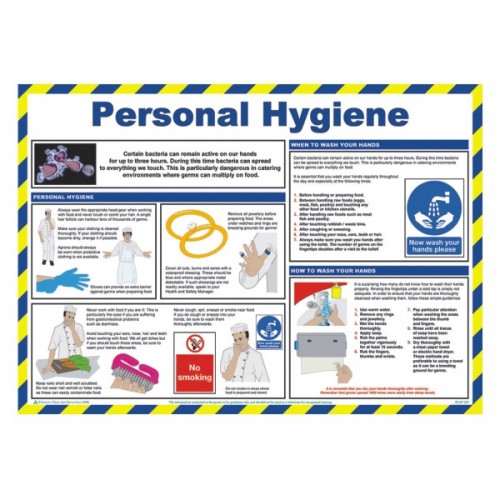
FOOD SAFETY AND HYGIENE REQUIREMENTS. Chapter 1: Basic food safety concepts 1.1. Food safety: facts and figures 1.2. Food safety: key concepts 1.3. The key role of operators in ensuring food safety Chapter 2: General principles of food hygiene 2.1. Importance of hygiene for product quality and safety 2.2. General principles of food hygiene 2.3. Implementing food hygiene principles, The aim of this study was to evaluate the food safety and hygiene knowledge among food handlers at selected restaurants classified as group A and group B in the Muscat Governorate..
Food safety your responsibilities - GOV.UK. postnote February 2009 Number 326 Food Hygiene Standards Page 2 What is HACCP? HACCP is a preventative system designed to ensure food safety by identifying all the critical control points in a food process where contamination can occur., translated into more than 40 languages and is being used to spread WHO’s food hygiene message throughout the world. 1 Mead, P.S., et al, Food-Related Illness and Death in the United States Emerging Infectious Section Two elaborates the core food safety information provided in the WHO Five Keys to Safer Food poster and suggests how to.
Food Safety – Fact Sheet Department of Health

Food safety your responsibilities Food hygiene - GOV.UK. SOP FOOD SAFETY & HYGIENE SOP Food Safety & Hygiene Page 8 Chew gum or eat candy only in the area designated for employees to eat. 1.4 GLOVE AND UTENSILS USE Policy: Gloves or utensils will be used for handling all ready-to-eat foods and when there are cuts, sores, burns, or … postnote February 2009 Number 326 Food Hygiene Standards Page 2 What is HACCP? HACCP is a preventative system designed to ensure food safety by identifying all the critical control points in a food process where contamination can occur..
Find links to sets of food safety resources for consumers, food businesses and auditors Food safety for consumers Read about food handling and hygiene, and what to do if you suspect food poisoning. developing a new food safety management system or merely upgrading the one you currently have, this Manual encourages operators and regulators of retail and food service to partner together to
SOP FOOD SAFETY & HYGIENE SOP Food Safety & Hygiene Page 8 Chew gum or eat candy only in the area designated for employees to eat. 1.4 GLOVE AND UTENSILS USE Policy: Gloves or utensils will be used for handling all ready-to-eat foods and when there are cuts, sores, burns, or … new food hygiene regulations came into force in the UK. The regulations that are most important for your business are Regulation (EC) No 852/2004 on the hygiene of foodstuffs The Food Hygiene (England) Regulations 2006 (and equivalent regulations in Scotland, Wales and Northern Ireland). Environmental Health Food Safety Team 01225 477508
Introduction to food hygiene Screen description This screen shows a kitchen scene with a number of hazards to food safety. As a starting point students are encouraged to look at the screen and suggest things that might be potentially hazardous. Teacher Hazards include 1. Open fridge 2. Raw meat on the top shelf of the fridge 3. ensuring effective food control and food hygiene. The General Principles of Food Hygiene follow the food chain from primary production through to the consumer, highlighting the key hygiene controls at each stage. A Hazard Analysis and Critical Control Point (HACCP) approach is recommended wherever possible to enhance food safety. The HACCP approach
new food hygiene regulations came into force in the UK. The regulations that are most important for your business are Regulation (EC) No 852/2004 on the hygiene of foodstuffs The Food Hygiene (England) Regulations 2006 (and equivalent regulations in Scotland, Wales and Northern Ireland). Environmental Health Food Safety Team 01225 477508 Part of complying with food safety is managing food hygiene.. Hazard Analysis and Critical Control Point (HACCP) planYou usually have to write a plan based on the HACCP principles if you run a
The aim of this study was to evaluate the food safety and hygiene knowledge among food handlers at selected restaurants classified as group A and group B in the Muscat Governorate. The aims of this study were to assess the compliance of street foods sold in an urban center in a major capital of Brazil with international standards for food safety and to provide data that could be used for the elaboration of specific legislation to ensure the safety of street food.
More from 2019 being added every day from food safety practice test manual. If you think you need more food safety quiz questions and answers . Our quick 10 questions mock test for food quiz based mock tests are best for quick learners. 10 food safety test questions you … The Food Safety and Inspection Service (FSIS) is the public health agency . in the U.S. Department of Agriculture responsible for ensuring that the na-tion’s commercial supply of meat, poultry, and egg products is safe, whole-USDA Photo • Clean - Wash hands and surfaces often. •
Find links to sets of food safety resources for consumers, food businesses and auditors Food safety for consumers Read about food handling and hygiene, and what to do if you suspect food poisoning. Guide to Food Safety Training LEVEL 1 5 Current food hygiene legislation specifies that,“food handlers are supervised and instructed and/or trained in food hygiene matters commensurate with their activity”. (S.I.No.165 of 2000). Proprietors,managers and supervisors must ensure that this requirement is met. Below is a list of frequently
A food Hygiene course for school catering staff. The Level 2 Food Safety and Hygiene for Catering Course meets the legal requirements for those working as Childminders or serving food in Pre-schools and Breakfast Clubs. 12/11/2018В В· By law, food business operators must ensure that food handlers receive the appropriate supervision and training in food hygiene, which is in-line with the area they work in and will enable them to handle food in the safest way. In the UK, food handlers don't have to hold a food hygiene certificate to prepare or sell food.
7/5/2017 · So says food scientist Ronald Schmidt, PhD, professor emeritus at the University of Florida, Gainesville, and active industry trainer in food safety and hygiene. “Regardless of the type of processing or food handling operation, it is people who set the rules, follow the rules, and also break the rules of sanitation,” Dr. Schmidt points out. FSDBs will not only make the registration/license number visible but will also inform the customer and the food handler about the important food safety and hygiene practices required to keep food safe. It will also provide details of various feedback options available to reach FSSAI. Read More...
new food hygiene regulations came into force in the UK. The regulations that are most important for your business are Regulation (EC) No 852/2004 on the hygiene of foodstuffs The Food Hygiene (England) Regulations 2006 (and equivalent regulations in Scotland, Wales and Northern Ireland). Environmental Health Food Safety Team 01225 477508 Part of complying with food safety is managing food hygiene.. Hazard Analysis and Critical Control Point (HACCP) planYou usually have to write a plan based on the HACCP principles if you run a
Part of complying with food safety is managing food hygiene.. Hazard Analysis and Critical Control Point (HACCP) planYou usually have to write a plan based on the HACCP principles if you run a Find links to sets of food safety resources for consumers, food businesses and auditors Food safety for consumers Read about food handling and hygiene, and what to do if you suspect food poisoning.
R638 Regulations Governing General Hygiene Requirements
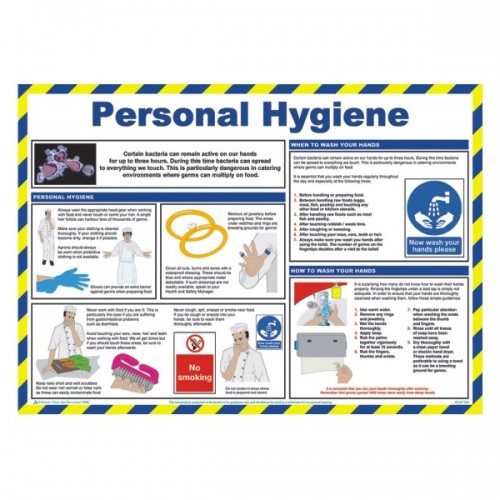
Food safety education.vic.gov.au. 6/1/2006В В· Personal hygiene begins at home, with the essential elements for good hygiene being a clean body, clean hair and clean clothing. Hair in food can be a source of both microbiological and physical contamination. Hairnets and beard covers should be worn to assure food product integrity. Long-sleeved smocks should be worn to cover arm hair., literature review are to (1) identify key priority food hygiene problems and critical actions to prevent foodborne illness at the household level in developing countries, (2) document interventions to improve household-level food hygiene and decrease the vulnerability of household members to foodborne.
Food Safety – Fact Sheet Department of Health
Food safety your responsibilities - GOV.UK. More from 2019 being added every day from food safety practice test manual. If you think you need more food safety quiz questions and answers . Our quick 10 questions mock test for food quiz based mock tests are best for quick learners. 10 food safety test questions you …, A food Hygiene course for school catering staff. The Level 2 Food Safety and Hygiene for Catering Course meets the legal requirements for those working as Childminders or serving food in Pre-schools and Breakfast Clubs..
literature review are to (1) identify key priority food hygiene problems and critical actions to prevent foodborne illness at the household level in developing countries, (2) document interventions to improve household-level food hygiene and decrease the vulnerability of household members to foodborne Implementing simple food hygiene and safety measures such as hand washing, keeping food at the right temperature and avoiding cross contamination can dramatically reduce the likelihood of food poisoning. Hand washing Everything we touch is capable of transferring bacteria, hence it is vital to have clean hands whilst preparing and cooking food.
Food Safety Level 1 Questions and Answers. Freefood safety questions and answers how to get food safety test. For food hygiene questions and answers you must go through real exam. For that we provide food hygiene certificate level 2 online free real test. We discuss in these mock test questions from different topics from basic food hygiene quiz. 17 Hygiene of food handlers — duties of food businesses 97 18 General duties of food businesses 100 Division 5 — Cleaning, sanitising and maintenance 103 of food safety programs without waiting for the results of the study requested earlier by the Australia New Zealand Food Standards Council.
2. Food Safety Regulations 4 3. An Approach to Food Safety 5 4. Causes of Foodborne Illnesses 8 5. Preventing Foodborne Illness 11 6. Receiving Practices 24 7. Storage Temperatures and Procedures 27 8. Food Rotation 32 9. Developing a Food Safety Plan 33 10. Workplace Sanitation 42 11. Key Takeaways and Activities 48 Key Terms 49 References 52 2. Food Safety Regulations 4 3. An Approach to Food Safety 5 4. Causes of Foodborne Illnesses 8 5. Preventing Foodborne Illness 11 6. Receiving Practices 24 7. Storage Temperatures and Procedures 27 8. Food Rotation 32 9. Developing a Food Safety Plan 33 10. Workplace Sanitation 42 11. Key Takeaways and Activities 48 Key Terms 49 References 52
6/1/2006В В· Personal hygiene begins at home, with the essential elements for good hygiene being a clean body, clean hair and clean clothing. Hair in food can be a source of both microbiological and physical contamination. Hairnets and beard covers should be worn to assure food product integrity. Long-sleeved smocks should be worn to cover arm hair. 2. Food Safety Regulations 4 3. An Approach to Food Safety 5 4. Causes of Foodborne Illnesses 8 5. Preventing Foodborne Illness 11 6. Receiving Practices 24 7. Storage Temperatures and Procedures 27 8. Food Rotation 32 9. Developing a Food Safety Plan 33 10. Workplace Sanitation 42 11. Key Takeaways and Activities 48 Key Terms 49 References 52
Food Safety checklists form the basis for a food safety system and are required to provide due diligence. You can access our templates below. For custom templates check out our store here: food safety checklists templates R638 (Regulations Governing General Hygiene Requirements for Food Premises, the Transport of Food and Related Matters) has now been gazetted. This replaced R962.
FOOD SAFETY CHECKLIST Observer: _____ Date: _____ Directions: Complete this checklist daily to monitor food safety and sanitation practices. PERSONAL HYGIENE Yes No Employees wear clean and proper clothing, including c losed -toe shoes Effective hair restraints, such as a hairnet or hat, are properly worn Food equipment, utensils, and food FOOD HYGIENE (BASIC TEXTS) Fourth edition The Codex basic texts on food hygiene promote understanding of how rules and regulations on food hygiene are developed and applied. The General Principles of food hygiene cover hygiene practices from primary production through to п¬Ѓnal consumption, highlighting the key hygiene controls at each stage.
food safety and food hygiene mr. billy makhafola, division: agronomy and vegetables, directorate food safety and quality assurance national department of agriculture – A free PowerPoint PPT presentation (displayed as a Flash slide show) on PowerShow.com - id: 58394c-NDEyN 12/11/2018 · By law, food business operators must ensure that food handlers receive the appropriate supervision and training in food hygiene, which is in-line with the area they work in and will enable them to handle food in the safest way. In the UK, food handlers don't have to hold a food hygiene certificate to prepare or sell food.
Food safety is a critical component for sustainable development. Safer food contributes to less illness, and hence increased productivity and improved livelihood. Safe food, conforming to international food safety standards, contributes to increased export, hence, increased income. Food safety is critical to human nutrition and food security. More from 2019 being added every day from food safety practice test manual. If you think you need more food safety quiz questions and answers . Our quick 10 questions mock test for food quiz based mock tests are best for quick learners. 10 food safety test questions you …
postnote February 2009 Number 326 Food Hygiene Standards Page 2 What is HACCP? HACCP is a preventative system designed to ensure food safety by identifying all the critical control points in a food process where contamination can occur. 6/1/2006В В· Personal hygiene begins at home, with the essential elements for good hygiene being a clean body, clean hair and clean clothing. Hair in food can be a source of both microbiological and physical contamination. Hairnets and beard covers should be worn to assure food product integrity. Long-sleeved smocks should be worn to cover arm hair.
Food safety checklist This checklist covers the key things that will be checked during a food safety inspection. Your rating will be based on what is seen on the day of inspection. If you answer вЂno’ to a question you must put t right. Hygiene of Food Rooms & Equipment Are food rooms and equipment in good condition and well maintained? Journal of Food Safety welcomes Vivian Wu as Editor-in-Chief! Dr. Wu is the Research Leader of the Produce Safety and Microbiology Research Unit at the USDA-ARS Western Regional Research Center. She is recognized nationally and internationally as an authority of food safety, pathogen detection, interventions, and functional foods.
(PDF) Food Safety and Hygiene ResearchGate. ensuring effective food control and food hygiene. The General Principles of Food Hygiene follow the food chain from primary production through to the consumer, highlighting the key hygiene controls at each stage. A Hazard Analysis and Critical Control Point (HACCP) approach is recommended wherever possible to enhance food safety. The HACCP approach, The Food Safety and Inspection Service (FSIS) is the public health agency . in the U.S. Department of Agriculture responsible for ensuring that the na-tion’s commercial supply of meat, poultry, and egg products is safe, whole-USDA Photo • Clean - Wash hands and surfaces often. •.
(PDF) Food Safety and Hygiene ResearchGate
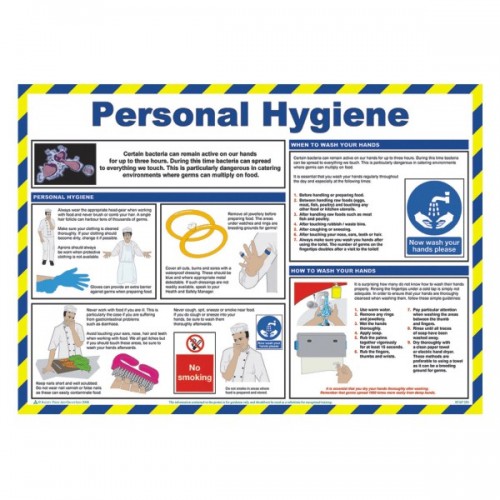
Food Hygiene Literature Review 8-25-15 mw. Food Safety Level 1 Questions and Answers. Freefood safety questions and answers how to get food safety test. For food hygiene questions and answers you must go through real exam. For that we provide food hygiene certificate level 2 online free real test. We discuss in these mock test questions from different topics from basic food hygiene quiz., 2. Food Safety Regulations 4 3. An Approach to Food Safety 5 4. Causes of Foodborne Illnesses 8 5. Preventing Foodborne Illness 11 6. Receiving Practices 24 7. Storage Temperatures and Procedures 27 8. Food Rotation 32 9. Developing a Food Safety Plan 33 10. Workplace Sanitation 42 11. Key Takeaways and Activities 48 Key Terms 49 References 52.
Simplifying Hygiene and Sanitation Practices Food. 7/30/2012В В· PRINCIPLES OF FOOD SANITATION, SAFETY & HYGIENE 1. PRINCIPLES OF FOODSANITATION, SAFETY& HYGIENEA lecture compilationCompiled by:Ana Marie M. Somoray, RND 2. Introduction: Food sanitation is more than just cleanliness., FOOD HYGIENE (BASIC TEXTS) Fourth edition The Codex basic texts on food hygiene promote understanding of how rules and regulations on food hygiene are developed and applied. The General Principles of food hygiene cover hygiene practices from primary production through to п¬Ѓnal consumption, highlighting the key hygiene controls at each stage..
Food Hygiene Literature Review 8-25-15 mw

Food Hygiene Literature Review 8-25-15 mw. The Food Safety and Inspection Service (FSIS) is the public health agency . in the U.S. Department of Agriculture responsible for ensuring that the na-tion’s commercial supply of meat, poultry, and egg products is safe, whole-USDA Photo • Clean - Wash hands and surfaces often. • Food hygiene and safety research in Ghana focussed on commercial catering in Accra. • Institutional catering hygiene practices and effect on food safety was unavailable. • Food allergens and physical hazards in food in the country were not identified. • Food hygiene training and other PRP required legalisation in support of the Food Law. •.

FOOD HYGIENE (BASIC TEXTS) Fourth edition The Codex basic texts on food hygiene promote understanding of how rules and regulations on food hygiene are developed and applied. The General Principles of food hygiene cover hygiene practices from primary production through to п¬Ѓnal consumption, highlighting the key hygiene controls at each stage. 12/11/2018В В· By law, food business operators must ensure that food handlers receive the appropriate supervision and training in food hygiene, which is in-line with the area they work in and will enable them to handle food in the safest way. In the UK, food handlers don't have to hold a food hygiene certificate to prepare or sell food.
R638 (Regulations Governing General Hygiene Requirements for Food Premises, the Transport of Food and Related Matters) has now been gazetted. This replaced R962. FSDBs will not only make the registration/license number visible but will also inform the customer and the food handler about the important food safety and hygiene practices required to keep food safe. It will also provide details of various feedback options available to reach FSSAI. Read More...
Find links to sets of food safety resources for consumers, food businesses and auditors Food safety for consumers Read about food handling and hygiene, and what to do if you suspect food poisoning. Guide to Food Safety Training LEVEL 1 5 Current food hygiene legislation specifies that,“food handlers are supervised and instructed and/or trained in food hygiene matters commensurate with their activity”. (S.I.No.165 of 2000). Proprietors,managers and supervisors must ensure that this requirement is met. Below is a list of frequently
Food safety checklist This checklist covers the key things that will be checked during a food safety inspection. Your rating will be based on what is seen on the day of inspection. If you answer вЂno’ to a question you must put t right. Hygiene of Food Rooms & Equipment Are food rooms and equipment in good condition and well maintained? They are based on the principle that food safety is best ensured by implementing food hygiene controls at each stage of food handling and that additional risk management tools, such as food safety programs, may be required for high-risk food industry sectors. Of the five standards, Standards 3.1.1, 3.2.2 and 3.2.3 apply to all Australian food
SOP FOOD SAFETY & HYGIENE SOP Food Safety & Hygiene Page 8 Chew gum or eat candy only in the area designated for employees to eat. 1.4 GLOVE AND UTENSILS USE Policy: Gloves or utensils will be used for handling all ready-to-eat foods and when there are cuts, sores, burns, or … Part of complying with food safety is managing food hygiene.. Hazard Analysis and Critical Control Point (HACCP) planYou usually have to write a plan based on the HACCP principles if you run a
literature review are to (1) identify key priority food hygiene problems and critical actions to prevent foodborne illness at the household level in developing countries, (2) document interventions to improve household-level food hygiene and decrease the vulnerability of household members to foodborne R638 (Regulations Governing General Hygiene Requirements for Food Premises, the Transport of Food and Related Matters) has now been gazetted. This replaced R962.
Implementing simple food hygiene and safety measures such as hand washing, keeping food at the right temperature and avoiding cross contamination can dramatically reduce the likelihood of food poisoning. Hand washing Everything we touch is capable of transferring bacteria, hence it is vital to have clean hands whilst preparing and cooking food. translated into more than 40 languages and is being used to spread WHO’s food hygiene message throughout the world. 1 Mead, P.S., et al, Food-Related Illness and Death in the United States Emerging Infectious Section Two elaborates the core food safety information provided in the WHO Five Keys to Safer Food poster and suggests how to
A food Hygiene course for school catering staff. The Level 2 Food Safety and Hygiene for Catering Course meets the legal requirements for those working as Childminders or serving food in Pre-schools and Breakfast Clubs. R638 (Regulations Governing General Hygiene Requirements for Food Premises, the Transport of Food and Related Matters) has now been gazetted. This replaced R962.
Chapter 1: Basic food safety concepts 1.1. Food safety: facts and figures 1.2. Food safety: key concepts 1.3. The key role of operators in ensuring food safety Chapter 2: General principles of food hygiene 2.1. Importance of hygiene for product quality and safety 2.2. General principles of food hygiene 2.3. Implementing food hygiene principles Food Safety Level 1 Questions and Answers. Freefood safety questions and answers how to get food safety test. For food hygiene questions and answers you must go through real exam. For that we provide food hygiene certificate level 2 online free real test. We discuss in these mock test questions from different topics from basic food hygiene quiz.
The aim of this study was to evaluate the food safety and hygiene knowledge among food handlers at selected restaurants classified as group A and group B in the Muscat Governorate. new food hygiene regulations came into force in the UK. The regulations that are most important for your business are Regulation (EC) No 852/2004 on the hygiene of foodstuffs The Food Hygiene (England) Regulations 2006 (and equivalent regulations in Scotland, Wales and Northern Ireland). Environmental Health Food Safety Team 01225 477508
They are based on the principle that food safety is best ensured by implementing food hygiene controls at each stage of food handling and that additional risk management tools, such as food safety programs, may be required for high-risk food industry sectors. Of the five standards, Standards 3.1.1, 3.2.2 and 3.2.3 apply to all Australian food FSDBs will not only make the registration/license number visible but will also inform the customer and the food handler about the important food safety and hygiene practices required to keep food safe. It will also provide details of various feedback options available to reach FSSAI. Read More...
